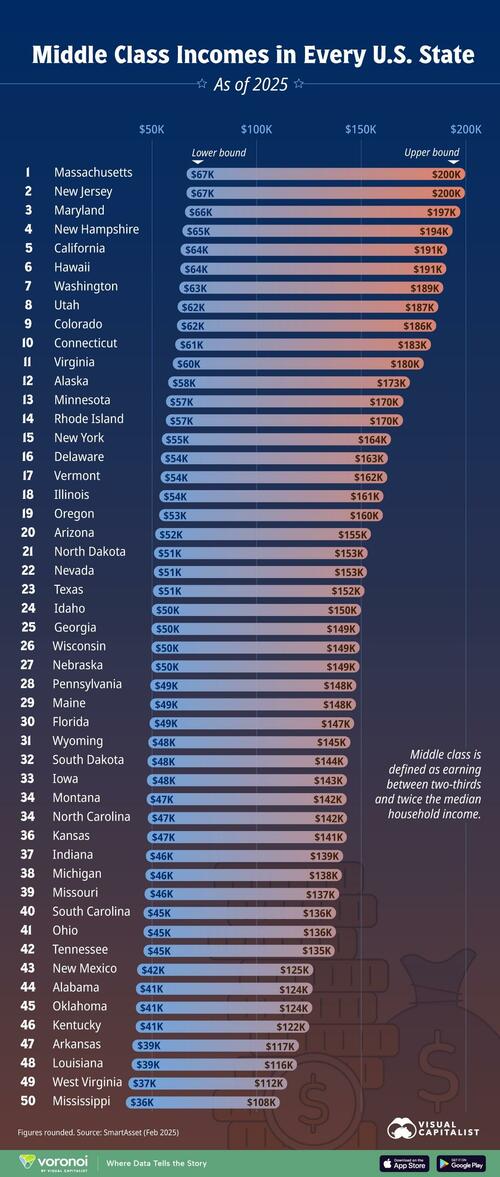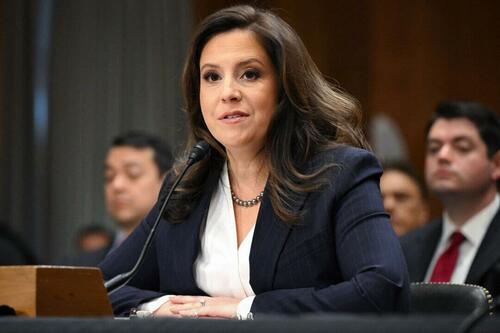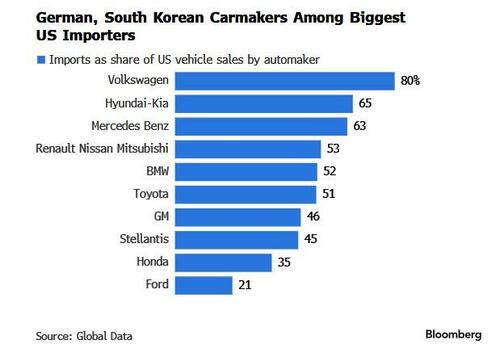Federal Judge Halts Shutdown Of Voice Of America
Federal Judge Halts Shutdown Of Voice Of America
Authored by Bill Pan via The Epoch Times (emphasis ours),
A federal judge has temporarily blocked the Trump administration from dismantling Voice of America (VOA), the government-funded international news service whose 1,200 reporters and employees were placed on paid leave earlier this month.
The Voice of America building in Washington on June 15, 2020. Andrew Harnik/AP Photo
The judge, J. Paul Oetken of the Southern District of New York, on Friday issued a temporary restraining order in favor of VOA employees and their unions. The order prevents the U.S. Agency for Global Media (USAGM), which oversees VOA, from shutting down the broadcasting network and its associated radio programs.
VOA employees filed the lawsuit against USAGM, its acting Director Victor Morales, and special adviser Kari Lake on March 21. The complaint accused the agency of failing to fulfill its legally mandated missions and violating both press freedom and the separation-of-powers doctrine when it took a “chainsaw” to the outlet, ordering the entire staff not to report to work, turning off the service, and locking the agency’s doors.
In his ruling, Oetken stated that VOA was likely to succeed on its claims, noting that USAGM’s actions appeared unconstitutional. He said that Lake lacked legal authority to withhold congressionally appropriated funds or terminate USAGM staff, programming, or contracts.
“By withholding the funds statutorily appropriated to fully administer USAGM, VOA, and its affiliates … the executive is usurping Congress’s power of the purse and its legislative supremacy,” he wrote.
The judge did not require VOA to resume broadcasts, but made it clear that employees must not be terminated while the court determines whether the shutdown violates the Constitution or other federal administrative laws.
Friday’s order echoed a similar ruling by another district judge earlier in the week, which granted a temporary restraining order to Radio Free Europe/Radio Liberty, blocking its funding freeze. The Trump administration has since stated in court filings that it has resumed funding for these outlets.
President Donald Trump and his supporters have been critical of VOA for years over alleged bias against conservative Americans and in favor of America’s adversaries.
In 2020, the White House sent an email accusing VOA of spending taxpayers’ money to “speak for authoritarian regimes.” It took issue with, among other things, a VOA social media post featuring a video of a light show celebrating the end of the lockdown in Wuhan, the Chinese megapolis where the COVID-19 virus first emerged; as well as the agency’s characterization of China’s effort to control the outbreak as a “model” for other nations.
“VOA too often speaks for America’s adversaries—not its citizens,” The White House said. “Journalists should report the facts, but VOA has instead amplified Beijing’s propaganda.”
The VOA first began broadcasting in 1942 in German-occupied territories as part of the Allies’ effort to engage Axis propaganda broadcasts with counterpropaganda. In the following decades, it became a staple in the propaganda war against the Soviet Union and other communist regimes. Over time, it evolved into a global news organization, now operating in more…










